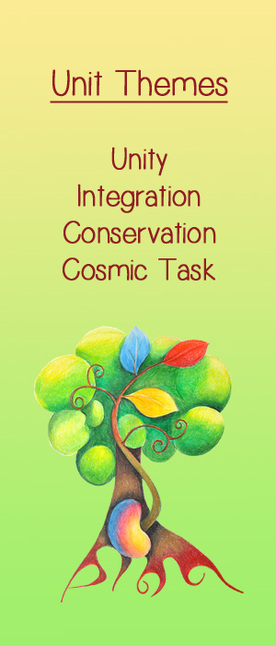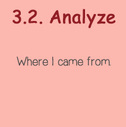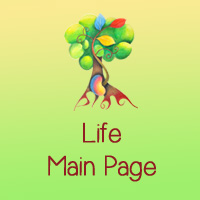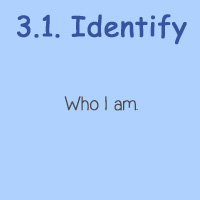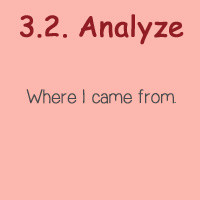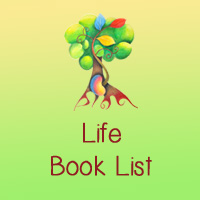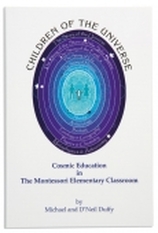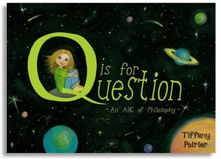|
Classroom Learning Activities
1. Montessori Cosmic Education
|
Maria Montessori urged us to give elementary-level children a “vision of the universe” to help them discover how all parts of the cosmos are interconnected and interdependent. In Montessori schools, these children, ages 6 – 12, begin by learning about the universe, its galaxies, our galaxy, our solar system, and planet Earth—everything that came before their birth to make their life possible. As they develop respect for past events, they become aware of their own roles and responsibilities in the global society of today and tomorrow.
|
|
|
2. The Power to Question
Tiffany Poirier is an elementary teacher, philosophy aficionado, and the author-illustrator of a critical thinking book for children titled Q is for Question: An ABC of Philosophy. Tiffany aims to help children learn the skills necessary to unleash their inner philosophers by teaching through enrichment programs in the public school system. Her hope is that students will be empowered to think critically, think creatively, and be the vibrant leaders that this world persistently needs. http://qisforquestion.com |
|
Relevant Convention Articles
Article 1
For the purposes of the present Convention, a child means every human being below the age of eighteen years unless under the law applicable to the child, majority is attained earlier.
Article 6
1. States Parties recognize that every child has the inherent right to life.
2. States Parties shall ensure to the maximum extent possible the survival and development of the child.
For the purposes of the present Convention, a child means every human being below the age of eighteen years unless under the law applicable to the child, majority is attained earlier.
Article 6
1. States Parties recognize that every child has the inherent right to life.
2. States Parties shall ensure to the maximum extent possible the survival and development of the child.
Online Resources and References
- American Montessori Society (2002). Montessori Elementary I Different: What Children Study, What Children Do. Also see Montessori Terminology.
- Duffy, D Neil, and Duffy, Michael (2002). Children of the Universe: Cosmic Education in the Montessori Elementary Classroom. Hollidaysburg, PA: Parent Child Press.
- Education International - Peace Education.
- Education Revolution - The Montessori Educational Vision.
- Humanium Help the Children - Right to Life: Understanding children's right to life.
- Ireland Department of Health and Children - The Agenda for Children's Services: A Policy Handbook.
- Miller, John P. and Yoshiharu Nakagawa. (2002). Nourishing the Spiritual Embryo: The Educational Vision of Maria Montessori. Nurturing Our Wholeness: Perspectives on Spirituality in Education. Retrieved from http://www.pathsoflearning.net/articles_Montessori.php.
- Montessori, Mario M. Jr. (1976). Education for Human Development: Understanding Montessori. New York: Schocken Books, NY.
- North American Montessori Center - Montessori Teacher Training: The Purpose of Montessori Cosmic Education.
- Stern, Rebecca. (2006). The Child's Right to Participation - Reality or Rhetoric? Department of Law, Uppsala University, Sweden. Retrieved from http://uu.diva-portal.org/smash/get/diva2:168647/FULLTEXT01.
- UNICEF - The Convention on the Rights of the Child: Survival and developmental rights: the basic rights to life, survival and development of one's full potential.
